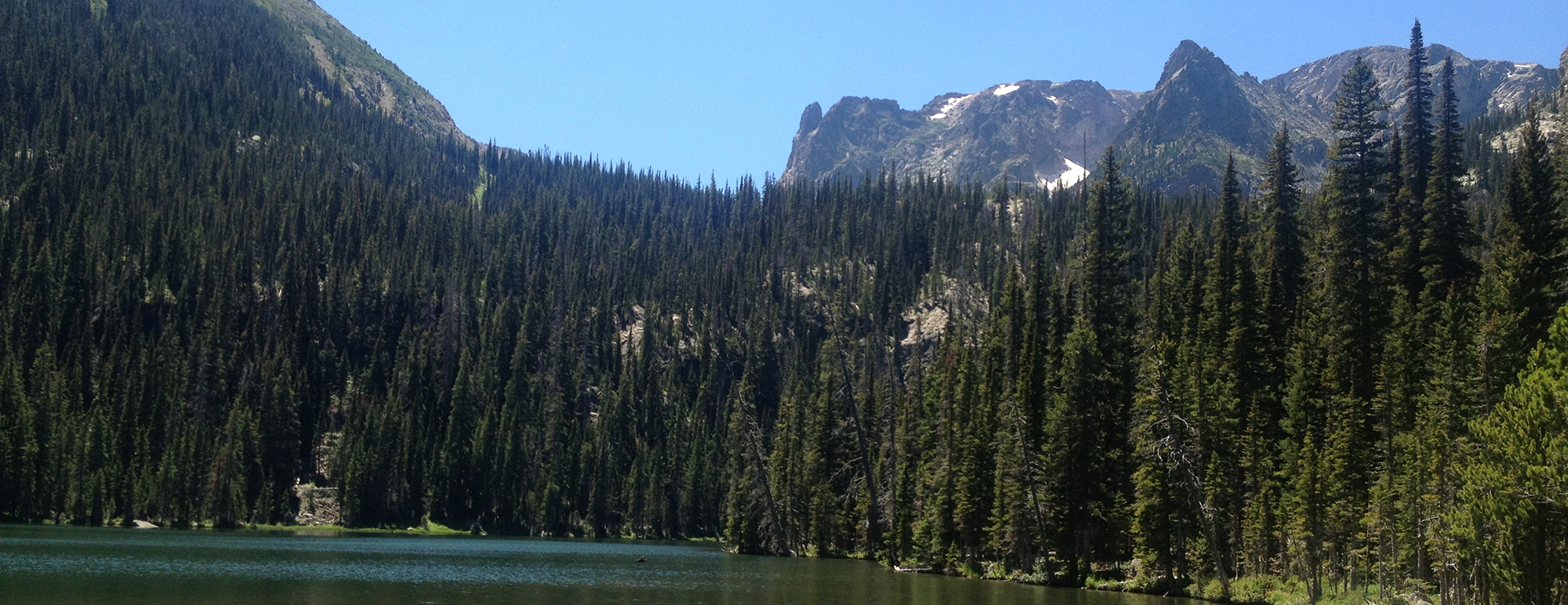Almost anywhere in the world, if you say “Rocky Mountains”, people will know what you’re talking about. The world has bigger mountain chains. It has higher mountaintops. And, even small islands sometimes rival the heights of the Rockies. But, none of them capture the public imagination in quite the same way the Rockies do. After all, the Rockies have long been a frontier for humankind, going back tens of thousands of years. Countless movies, songs (John Denver!), and other media enjoyed worldwide have featured the Rockies almost as central characters, along with the wildlife and the people who both live there and have lived there over the millennia.
So, we shouldn’t be terribly surprised that Rocky Mountain National Park is among the top visited parks, coming in at #5 for 2023. Not only is there the Trail Ridge Road, but mountain lakes, waterfalls, meadows, scenic vistas, tundra, and tons of hiking trails.
There are some things to keep in mind, though. Along the roads, you start at only around 7,000 feet of elevation, but climb up over 12,000 feet, which can be beautiful but also carries some risk of altitude sickness if you’re from sea level or otherwise don’t tolerate the lower pressure and oxygen well. So, if you feel sick, don’t be afraid to go back down the mountain and give yourself time to adjust! Also, like other busy parks, it has a timed entry reservation system now. Dogs are not allowed on the trails, but you can leave them in an RV or your vehicle with HVAC running. There’s also kenneling available in Estes Park (the gateway community).
Summer is definitely the best time to visit, as it’s cold for most of the year.
Getting There In An EV
Quick Facts and Tips:
- Colorado has an excellent EV charging network compared to most other western states. This means there’s great access to both ends of the park’s main road. Estes Park (the bigger gateway community) has a V2 Supercharger (Tesla Only), and several CCS stations.
- For hotel charging in Estes Park, you’ll have more choices if you can use a Level 2 Tesla plug. For non-Tesla EVs, you’ll want to get an adapter like this one.
- There are no hotels in the park, and only one restaurant. Packing lunches is a good idea. There are no EV charging stations in the park, but the gateway communities give enough charging to get through and back again.
- Side/back roads like Wild Basin and Bear Lake are close enough for EVs to reach them and get back onto the main route. Be sure to use trip planning apps if you’re unsure about any of this.
- There are no campsites inside the park with electric hookups. You could charge outside of the park and use an EV to power your campsite if the EV is equipped to allow power use from the pack.
All in all, this is a very accessible park for EVs! Colorado’s EV charging stations in the Rocky Mountains and the Front Range also make it easy to make this park part of a wider trip to other fun things, including national parks and monuments.
Links For Further Park and Nearby Information
- Official Park Website
- Estes Park Tourism
- Grand County Tourism (Grand Lake and Granby)
- Colorado Electric Byways
Featured image by the National Park Service (Public Domain).

